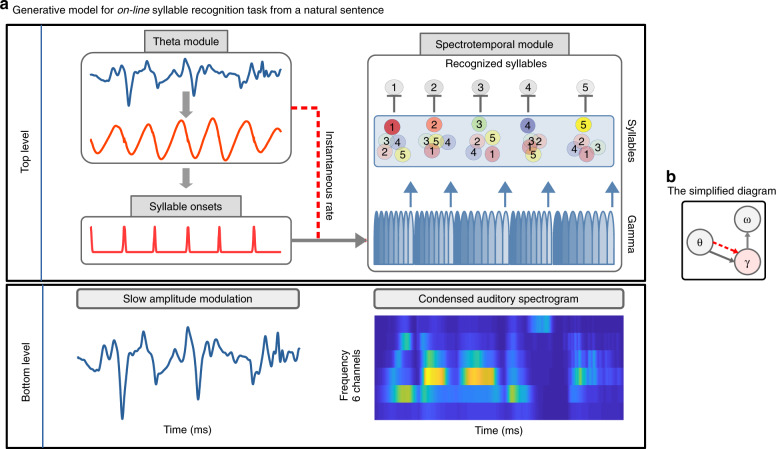Fig. 1. Model of on-line syllable parsing and identification from natural sentences—Precoss.
a The bottom level encodes the dynamics in the input signal, which consists of two parts; the condensed auditory spectrogram37 (on the right) and the slow amplitude modulation of the input signal (on the left) derived from applying a spectrotemporal filter to the spectrogram8,31. The theta module is modelled by a canonical theta-neuron model38, which is fed with the slow amplitude modulation that the model infers from the continuous speech signal. Whenever theta oscillations reach a predefined phase, the model generates a Gaussian pulse, referred to as theta trigger (red pulses under ‘Syllable onsets’). Depending on the input, theta triggers appear sooner or later and constitute the model’s estimates of syllable onsets. This information is used to reset gamma activity in the spectrotemporal module (solid arrow from theta to spectrotemporal module). Similarly, the instantaneous frequency/rate of the theta oscillator is used to set the preferred rate of the gamma sequence (dashed red line from theta to spectrotemporal module). Together gamma and syllable units encode the dynamics of the frequency channels in the input. The last (8th) gamma unit represents the model’s estimate about the syllable offset (based on their pre-learned spectral structure); hence it is used to reset syllable units to a common value (upward arrows). During the inference process, the activation level of each syllable unit changes based on bottom-up prediction errors. The identified syllables are readout from the dynamics of syllable units. b A simplified diagram of the model indicating the functional connections. The solid arrow from the theta module (θ) to gamma units (γ) indicates the reset of gamma activity. The dashed red line represents rate information received from the theta oscillation. Finally, the arrow from gamma to syllable units (ω), indicates the reset of the syllable units.

